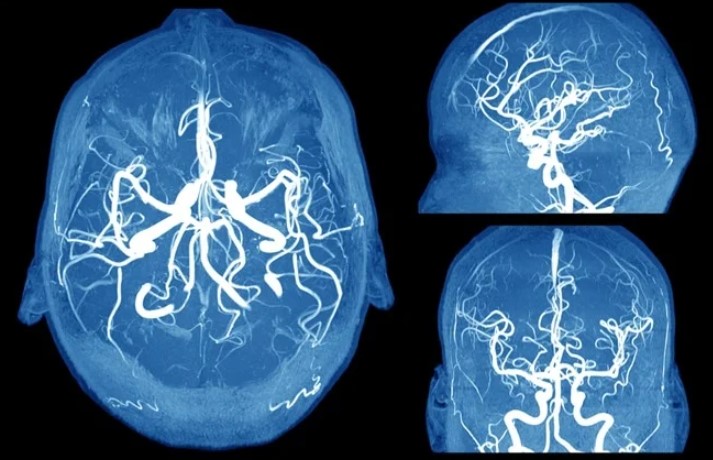Understanding Angelman Syndrome: Causes, Symptoms, and Treatment Options

Introduction to Angelman Syndrome
Angelman Syndrome (AS) is a rare neurogenetic disorder that primarily affects the nervous system, leading to severe developmental delays and neurological issues. It is characterized by distinct features such as intellectual disability, speech impairments, and unique behavioral traits. AS typically becomes noticeable between 6 to 12 months of age, as developmental milestones are missed or delayed.
What Causes Angelman Syndrome?
The underlying cause of Angelman Syndrome is genetic, specifically due to abnormalities or deletions in chromosome 15. In most cases (about 70%), this anomaly occurs because a segment of the maternal chromosome 15 is either missing or inactive (imprinting defect). Less commonly, AS can result from mutations in the UBE3A gene, which is responsible for encoding a protein critical for normal brain function.
Symptoms and Clinical Features
Cognitive and Behavioral Characteristics
Individuals with AS often exhibit a characteristic behavioral profile, including frequent laughter or smiling, hyperactivity, and a fascination with water. Cognitive abilities are severely impaired, with most individuals exhibiting moderate to severe intellectual disability. Communication challenges are prevalent, typically manifesting as minimal verbal skills or complete absence of speech.
Physical Traits
Physical features of Angelman Syndrome include a distinctive facial appearance marked by a wide mouth, widely spaced teeth, and a prominent chin. Individuals may also have microcephaly, which is a smaller than average head size, and hypopigmentation (light skin and hair).
Seizures
Seizures are common in individuals with AS, often starting in early childhood and continuing throughout their lives. Various seizure types can occur, ranging from absence seizures to more severe tonic-clonic seizures.
Diagnosis of Angelman Syndrome
Diagnosing AS involves a combination of clinical observations and genetic testing. The clinical assessment focuses on identifying characteristic behavioral patterns and physical features associated with the syndrome. Genetic testing, including chromosome analysis and molecular genetic testing to detect UBE3A mutations, is crucial for confirming the diagnosis.
Treatment and Management Approaches
Therapeutic Interventions
Management of Angelman Syndrome is primarily symptomatic and multidisciplinary. Early intervention programs, including physical therapy, speech therapy, and occupational therapy, aim to address developmental delays and improve functional abilities. Behavioral therapies can help manage hyperactivity and challenging behaviors commonly seen in AS.
Medication and Seizure Management
Antiepileptic medications are prescribed to manage seizures, tailored to the type and frequency of seizures experienced by the individual. Sleep disturbances are also common in AS, and strategies to improve sleep hygiene may be beneficial.
Genetic Counseling
Genetic counseling is essential for families affected by Angelman Syndrome to understand the inheritance patterns and risk of recurrence in future pregnancies. Counseling sessions provide emotional support and guidance on family planning decisions.
Research and Future Directions
Ongoing research efforts focus on understanding the molecular mechanisms underlying Angelman Syndrome and exploring potential therapeutic interventions targeting specific genetic abnormalities. Advances in genetic engineering and gene therapy hold promise for future treatment options that could potentially alleviate symptoms or even correct underlying genetic defects.
Conclusion
In conclusion, Angelman Syndrome is a complex neurogenetic disorder characterized by severe developmental delays, distinctive behavioral traits, and various physical features. Early diagnosis and comprehensive management strategies involving multidisciplinary care are crucial for optimizing outcomes and improving quality of life for individuals affected by AS.






